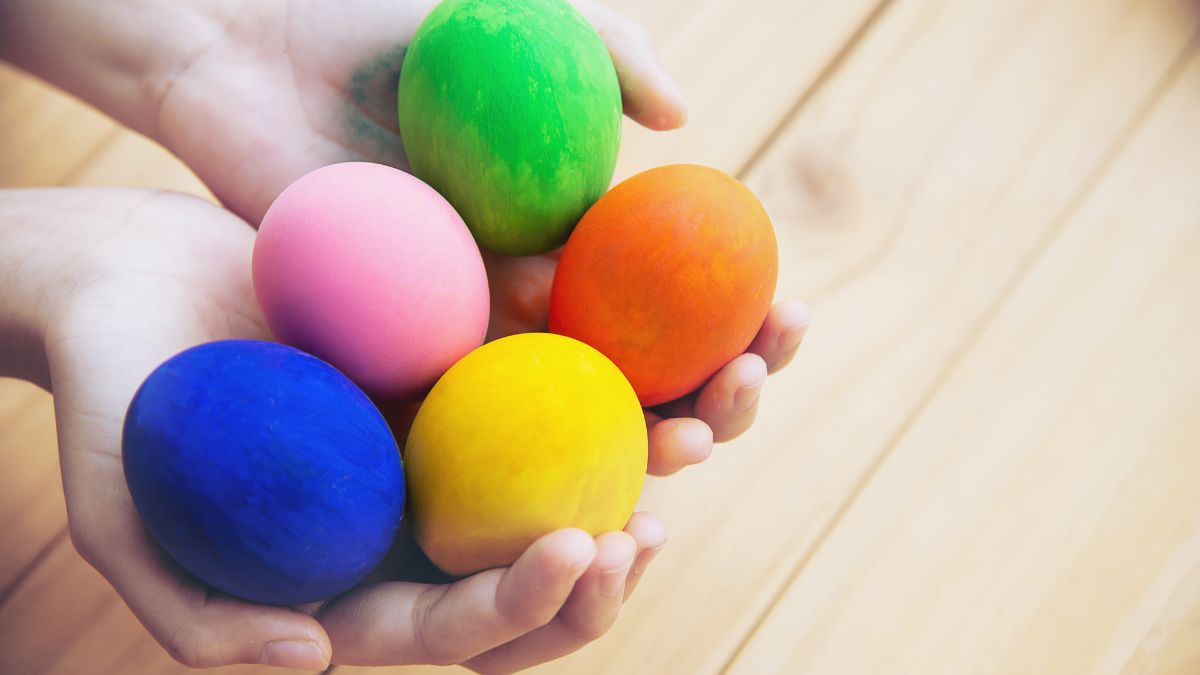Buying the right toy for a child or teen on the spectrum can feel overwhelming. With so many choices, where do you even start? The truth is, the best picks aren’t always the flashiest. Instead, they’re the ones that connect to a child’s unique sensory needs. Whether that’s calming visuals, soothing textures, or engaging sounds, the right choice can turn playtime into growth time. Experts say that sensory items autism families use every day help regulate mood, boost focus, and spark joy. But how do you know which toy is right for which age? This guide breaks it down—backed by research, examples, and practical ideas—so you can find toys that delight while supporting development.
Why Sensory Toys Matter
Play is never “just play.” For autistic kids and teens, toys serve as bridges to the world. They’re tools that regulate, teach, and connect. A 2021 review in Frontiers in Psychology found that play-based interventions improve sensory processing and social skills in children with autism. Another study from the Journal of Autism and Developmental Disorders highlighted how sensory play strengthens communication and motor skills.
Think about it: What if a simple toy could help a child feel calmer in a noisy room? Or what if a squishy stress ball made transitions easier? Sensory toys aren’t just fun—they’re supportive companions for everyday life.
Sensory Items Autism by Age Group
Children at different stages experience the world in different ways. What soothes a toddler might bore a teenager. That’s why we’ve organized the best sensory toys by age group.
Sensory Toys for Toddlers (Ages 1–3)
At this stage, toddlers are exploring everything. Their senses are on overdrive. Toys that encourage touch, cause-and-effect play, and gentle motion can be powerful tools.
Best Picks for Toddlers
- Busy Boards—Filled with switches, knobs, and buttons, busy boards invite endless exploration. They support fine motor skills while offering satisfying tactile feedback.
- Rainmaker Tubes – These colorful tubes create a soothing rainfall sound when flipped. Perfect for calming overstimulated toddlers.
- Soft Weighted Plush – Gentle weight provides calming pressure. Studies show deep pressure stimulation helps regulate the nervous system.
| Toy Type | What It Supports | Why Toddlers Love It |
| Busy Board | Fine motor skills | Buttons and switches feel “real.” |
| Rainmaker Tube | Auditory and calming | Soft rainfall sounds |
| Weighted Plush | Body awareness, calming | Comfort and cuddly friend |
Isn’t it amazing how something as simple as a weighted teddy can ease stress while sparking joy?
Sensory Toys for Preschoolers (Ages 3–5)
Preschoolers crave active play and repetition. They love toys that respond to their actions—teaching them cause and effect while keeping them engaged.
Best Picks for Preschoolers
- Pop-It Boards – Bright silicone bubbles that push in and out. They provide tactile stimulation and can become soothing routines.
- Colorful Sand Kits – Kinetic or textured sand supports sensory exploration and motor development.
- Light Projectors – Project gentle stars or waves onto walls, creating calming bedtime rituals.
Research in Occupational Therapy International shows that tactile play with textures reduces anxiety and improves attention spans in young children with autism.
Sensory Toys for Elementary Kids (Ages 6–9)
At this stage, kids benefit from toys that combine movement, challenge, and sensory input. Many also begin structured learning, so toys that aid focus are key.
Best Picks for Elementary Kids
- Fidget Cubes or Chains—Quiet, portable tools for focus. Teachers often recommend them for classroom use.
- Building Sets with Suction Cups – Open-ended play builds creativity and strengthens hand muscles.
- Mini Trampolines – Provide safe vestibular input (bouncing helps regulate energy).
Why are movement-based toys powerful? A Journal of Child Neurology study found that physical activity helps autistic children regulate emotions and reduces repetitive behaviors.
Sensory Toys for Tweens (Ages 10–12)
Tweens seek independence while still needing regulation. They often prefer toys that don’t “look too young” yet still provide sensory comfort.
Best Picks for Tweens
- Lava Lamps or Spiral Timers – Visual motion encourages relaxation.
- Stress Balls with Unique Textures – Squeezing builds hand strength while relieving tension.
- Creative Kits (like magnet sets)—Combine sensory input with problem-solving.
Ever noticed how staring at slow-moving lights feels calming? That’s no accident. Studies on visual entrainment suggest rhythmic light movement may lower stress levels.
Sensory Toys for Teens (Ages 13–18)
Teens often need sensory support but prefer toys that feel age-appropriate. Think sleek, stylish, and functional.
Best Picks for Teens
- Weighted Blankets or Lap Pads – Support better sleep and relaxation.
- Headphones with Soothing Audio – Reduce overwhelming noise while offering calming sounds.
- Hammock Swings – Provide vestibular input in a more mature design.
A Sleep Medicine Reviews study reported that weighted blankets improved sleep quality in teens with sensory challenges. Imagine a gift that helps them feel rested while reducing stress—what better support could there be?
Quick Comparison: Best Sensory Picks by Age
| Age Group | Best Toy Example | Sensory Focus |
| Toddlers (1–3) | Rainmaker Tube | Auditory and calming |
| Preschoolers (3–5) | Pop-It Boards | Tactile and soothing |
| Elementary (6–9) | Mini Trampoline | Movement and regulation |
| Tweens (10–12) | Lava Lamp | Visual calming |
| Teens (13–18) | Weighted Blanket | Deep pressure + sleep |
Choosing the Right Toy: What to Ask Yourself
Before buying, ask:
- Does the toy match their developmental stage?
- Will it provide comfort or stimulation?
- Is it simple enough to avoid overwhelming them?
What matters most isn’t the toy itself, but the skills it helps nurture.

FAQs: Sensory Toys for Autism
1. Can older teens still benefit from sensory toys?
Absolutely. Sensory needs don’t disappear with age. Many teens prefer discreet tools like weighted lap pads, stylish headphones, or lava lamps that look more grown-up.
2. Are sensory toys only for children with autism?
Not at all. Research shows all children benefit from sensory play. The difference is that autistic kids often need these toys more consistently to help regulate their world.
3. How do I know if a toy is calming or overstimulating
Start small. Choose toys with one type of input—such as just tactile or just visual. If your child seeks more, you can expand later.
4. Do sensory toys replace therapy?
They don’t replace therapy, but they complement it beautifully. Many occupational therapists recommend using toys at home to reinforce regulation strategies.
5. What’s the easiest starter toy for kids new to sensory play?
Pop-it boards and stress balls are perfect entry points. They’re low-cost, portable, and instantly engaging for many children.

The Power of Everyday Play
Play isn’t just about keeping kids busy—it’s how they grow. At Shining Moments ABA, we see how sensory toys create micro-moments of learning every day. A fidget ball can sharpen focus during homework, a swing can help regulate energy after school, and a weighted plush can bring calm before bedtime. These little tools can make a big difference.
When children and teens feel regulated, they’re better able to connect with others, explore new skills, and enjoy life more fully. That’s what every parent hopes for, isn’t it? Families in Maryland and beyond are already seeing how Shining Moments ABA supports this journey. If you’re ready to explore how everyday play can transform your child’s growth, reach out to us today—we’d love to partner with you.
More Like This Articles
 Shining Moments ABA Therapy
Shining Moments ABA Therapy
Shining Moments ABA Therapy
 Choosing the Right ABA Provider in Maryland and New Jersey
Choosing the Right ABA Provider in Maryland and New Jersey
Choosing the Right ABA Provider in Maryland and New Jersey
 The Benefits of ABA Therapy: From Communication to Social Skills
The Benefits of ABA Therapy: From Communication to Social Skills




